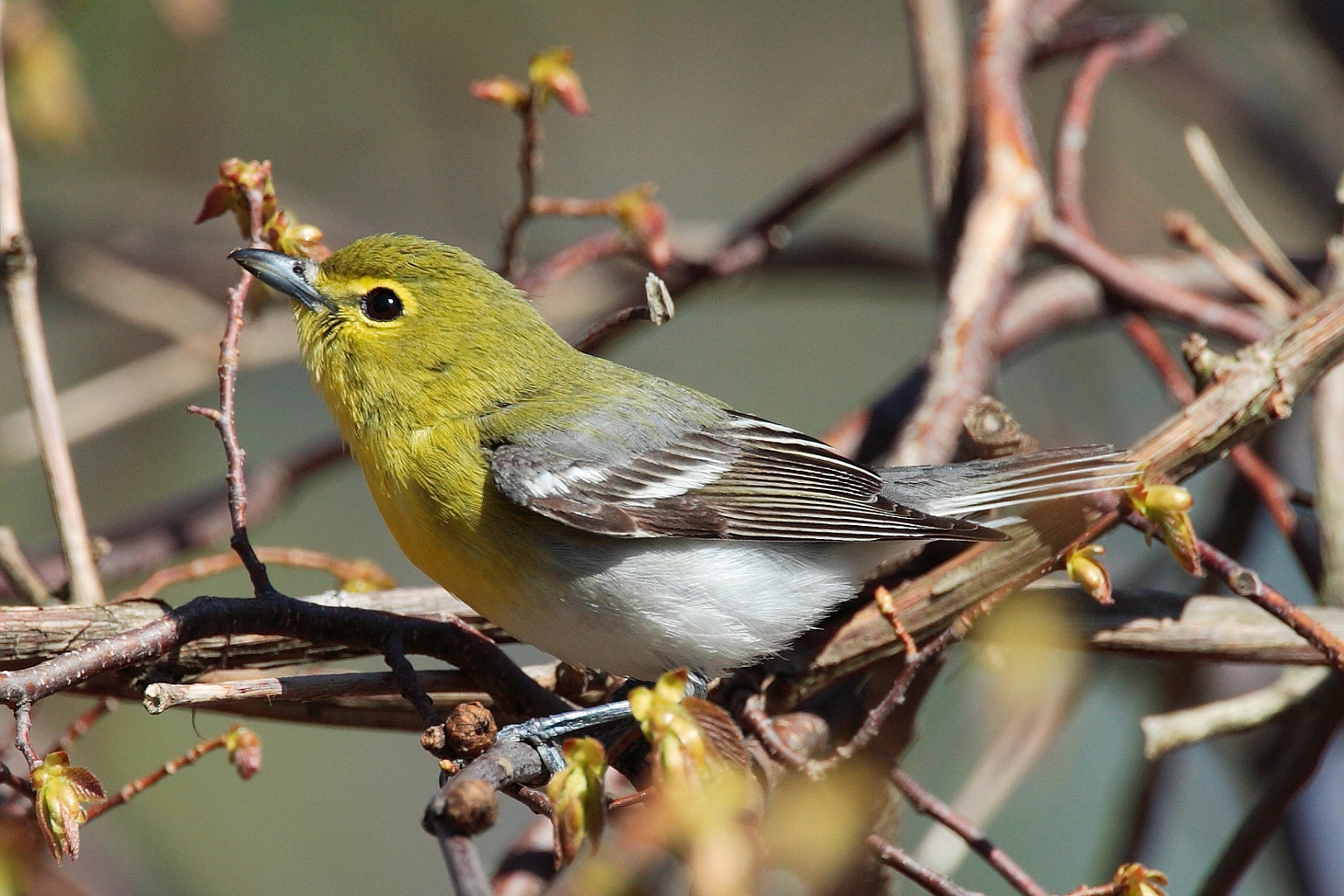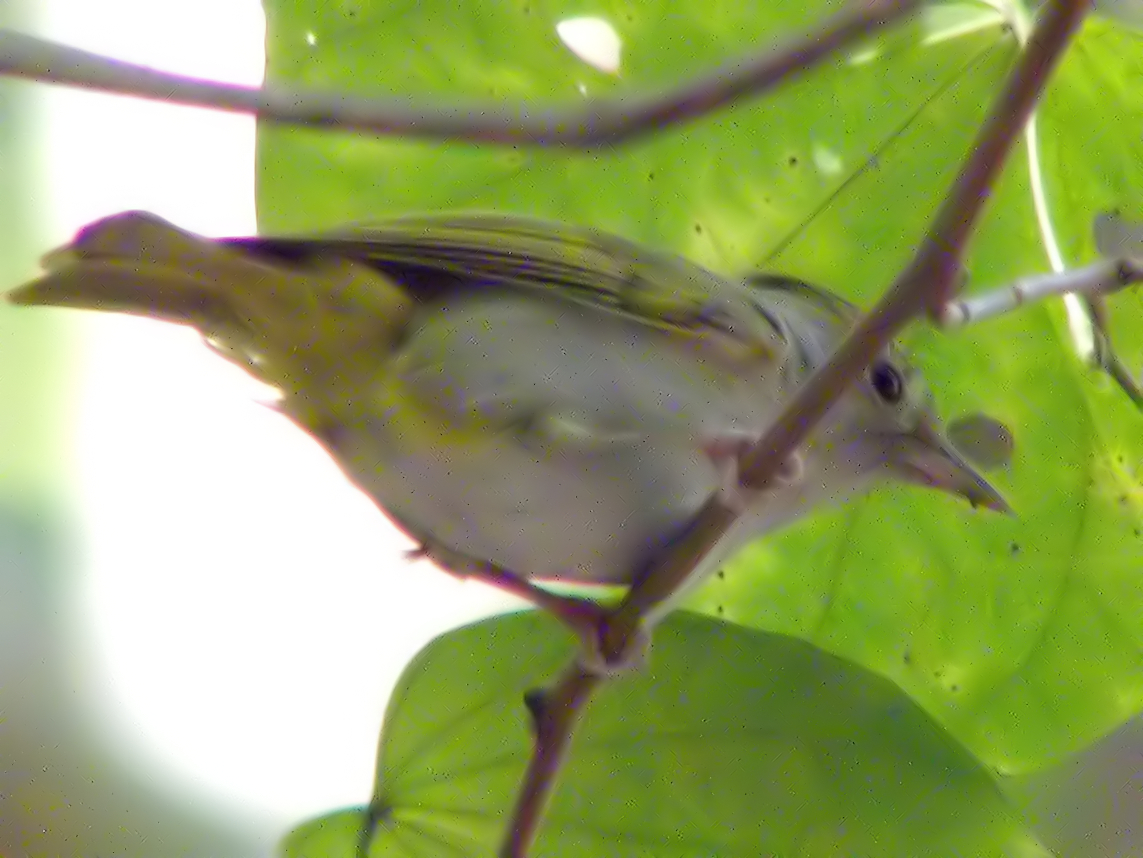"basal corvoids" - not an actual group, but a bunch of basal lineages on the tree that are all australasian, including lyrebirds, australian wrens, and honeyeaters
core Corvoidea - A mainly Australiasian group, with a bunch of notable exceptions radiating out to other parts of the world, including Corvids, Vireos, Birds-of-Paradise, Pitohuis, Shrikes, Bush-Shrikes, and Monarch Flycatchers
Passerida - containing most of the remaining oscines, broadly grouped into:
Sylvioidea - including babblers, bulbuls, old-world warblers, swallows, larks, and tits
Muscicapoidea - including thrushes, flycatchers, mockingbirds, starlings, waxwings, creepers, nuthatches, and wrens
Passeroidea - including old world sparrows, weavers, sunbirds, wagtails, and the "9-primaried oscine" radiation of finches, sparrows, buntings, cardinals, grosbeaks, tanagers, warblers, and blackbirds
Passeriformes, from Barker et al. 2004 (click to view large)

These broad groupings seem well accepted although the membership of each is not fully settled. There has been a lot of family-level revision that is still ongoing in many of the diverse groups, such as babblers, the old-world warblers, and the 9-primaried oscines. Even more radical, there are a number of 'oddball' taxa that, once sequenced, turn up nowhere near where we thought they were classified. For example, Hume's Ground Tit (Pseudopodoces humilis) was previously considered a jay, but has moved from Corvoidea to Sylvioidea to join the tits and chickadees. The Yellow-flanked Whistler (Hylocitrea bonensis) was previously considered a whistler in the Corvoidea radiation, but has been shown to be allied to the waxwings in the Muscicapoidea.
Yellow-throated Vireo (Vireo flavifrons) (source: Wikipedia)

The vireos have had a few recent additions that have come to my attention. The vireos (Vireonidae) are a New World family in the Corvoidea radiation. There are four genera: the vireos in Vireo, the greenlets in Hylophilus, the shrike-vireos in Vireolanius, and the peppershrikes in Cyclarhis. Only vireos make it into North America, the rest are neotropical residents. In general, they are fairly chunky, smallish birds with stout, hooked bills. Click on the genus links above to see some good photos of each.
Rufous-browed Peppershrike (Cyclarhis gujanensis) (source: Wikipedia)

In a strange and interesting biogeographical twist, two new genera have been shown to be closely related to the vireos, both originally from the diverse old-world sylvioid family the babblers (Timaliidae). The White-bellied Yuhina (Yuhina zantholeuca) was found in Cibois et al (2002) to not be related to other Yuhina babblers, and it isn't even a babbler at all. Split into its own genus Erpornis (with a common name change to fit), Barker et al. (2004) found it to be sister to the family Vireonidae. This greenish crested little thing certainly doesn't look like a vireo, particularly lacking the stout hooked bill, but the biogeography makes sense. While the majority of corvoids are an australasian radiation, the vireos are one of the few families that have branched out and colonized the new world. The Erpornis now provides a link back to asian corvoids. See some great images of Erpornis here.
White-bellied Erpornis (Erpornis zantholeuca) (Source: Wikipedia)

In a larger phylogeny of the babblers, Cibois (2003) found the shrike-babblers (Pteruthius) falling far outside the family. Reddy and Cracraft (2007) reanalyzed Barker's dataset and found Pteruthius to be closely allied with Erpornis and vireos. Reddy and Cracraft recommended both Pteruthius and Erpornis be lumped into a broader family Vireonidae to reflect these new relationships.
The placement of Pteruthius among passerines, Reddy and Cracraft 2007 (click to view large)

Shrike-Babblers, like the Erpornis, provide another biogeographic connection between New World vireos and old world Corvoidea. These actually do resemble vireos in being chunky birds with stout hooked bills, although they are a bit more colorful. There are five traditional species in southeast Asia, split into a whopping 19 phylogenetic species by Reddy (2008). To see some great images of these colorful birds, try:
White-browed Shrike-babbler
Black-eared Shrike-babbler
Green Shrike-babbler
Chestnut-fronted Shrike-Babbler (Pteruthius aenobarbus) (source: Wikipedia)

References
Barker FK, Cibois A, Schikler P, Feinstein J, Cracraft J (2004) Phylogeny and diversification of the largest avian radiation. PNAS 101:11040-11045
Cibois A (2003) Mitochondrial DNA phylogeny of babblers (Timaliidae). Auk 120:35-54
Cibois A, Kalyakin MV, Lian-Xian H, Pasquet E (2002) Molecular phylogenetics of the babblers (Timaliidae): revaluation of the genera Yuhina and Stachyris. Journal of Avian Biology 33:380-390.
Reddy S (2008) Systematics and biogeography of the shrike-babblers (Pteruthius): species limits, molecular phylogenetics, and diversification patterns across southern Asia. Molecular Phylogenetics and Evolution 47:54-72
Reddy S, Cracraft J (2007) Old World Shrike-babblers (Pteruthius) belong with New World Vireos (Vireonidae). Molecular Phylogenetics and Evolution 44:1352-1357




